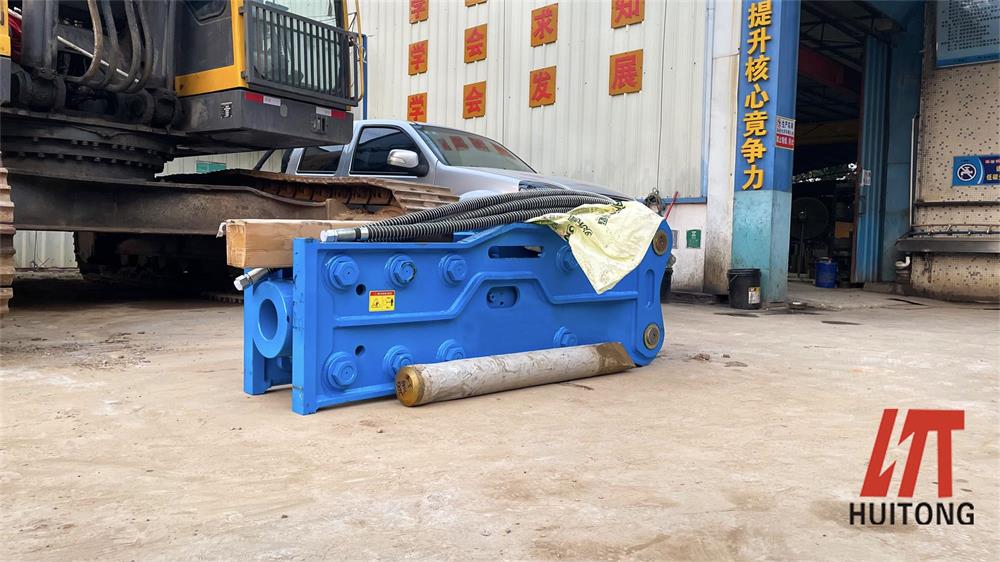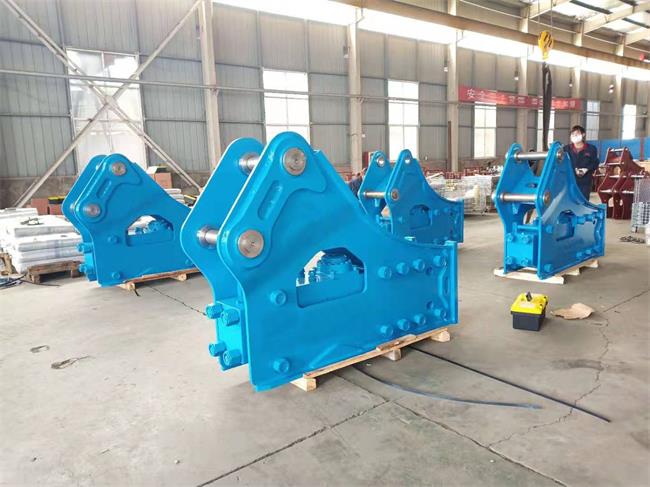 HuiTong
HuiTong  2025-06-13
2025-06-13
As one of the most common parts of excavators, hydraulic breakers are now widely used in mines, railways, highways, municipalities, and other workplaces. So how to choose a good excavator hydraulic rock hammer, the following are some tips organized by Huitong.

1. The weight and bucket capacity of the excavator
First of all, we must consider the weight of the excavator, because too heavy a hydraulic breaker will cause the excavator to tip over. If it is too small, it will not achieve the economic efficiency of the excavator, and it will also accelerate the damage of the breaker.
Only when the two weights match, can the excavator and excavator hydraulic rock hammers be fully utilized.
2. Working flow and pressure of hydraulic breaker
The working flow of excavator hydraulic rock hammers of different sizes is different. The flow of small breakers can be as small as 15L per minute, while the flow of large breakers can reach more than 450L per minute.
Therefore, when selecting a breaker, the flow requirement of the breaker must be consistent with the output flow of the spare valve of the excavator.
The size of the flow determines the working frequency of the breaker, that is, the number of impacts per minute, and the flow is directly proportional to the number of impacts.
Therefore, when the output flow of the spare valve of the excavator is greater than the demand flow of the hydraulic breaker, the hydraulic system will generate too much heat, which will cause the system temperature to be too high and reduce the service life of the components.
3. On-board hydraulic breakers mechanism
There are currently three common appearance designs for excavator hydraulic rock hammers, which are triangular, right-angled and silent.
Triangular and right-angle types usually use two thick steel splints to protect both sides of the hammer core. This structural design does not protect the front and back of the hydraulic breaker. Their disadvantage is that they are noisier than the silent breaker of the same ton level. The steel plates on both sides are easy to loosen or break, and the protection of the hammer body is not good.

The structure of the silent breaker is that the shell completely encloses the hammer body, and the shell is equipped with damping material, which creates a buffer between the hammer body and the shell and also reduces the vibration of the carrier. Its advantage is that the hammer can be opposed to the hammer during work. The body provides better protection, low noise, reduces vibration to the carrier, and at the same time solves the problem of loose housing, which is also the mainstream and development trend of the global market.